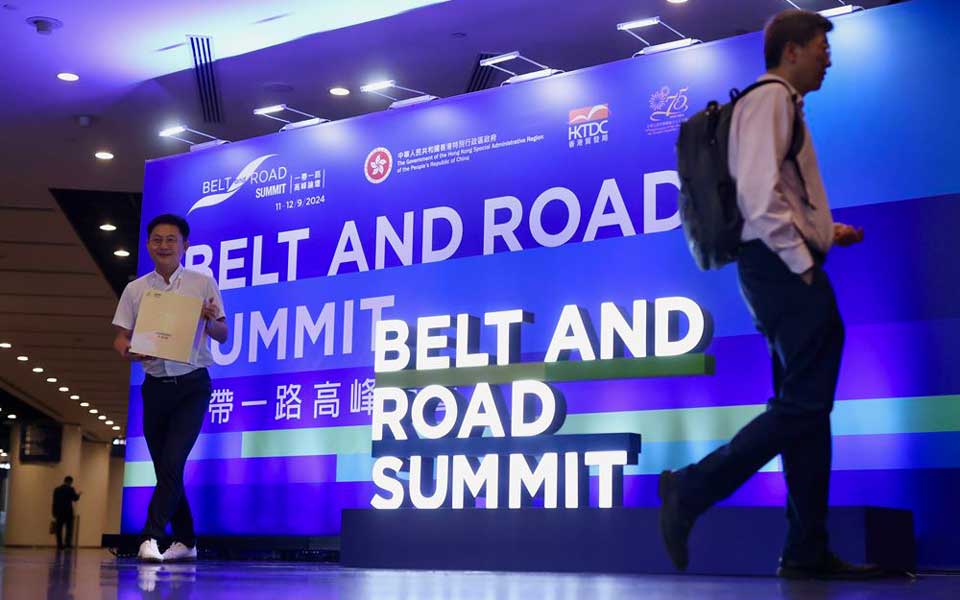
By Lukas Fiala
Last week’s Belt and Road Summit in Hong Kong served as a reminder of the conflicted ongoing legacy of the BRI over a decade after its initiation. When first articulated as a strategic vision to connect China with the rest of continental and maritime Eurasia, the initiative promised to lock in the benefits of globalization by consolidating existing and creating new economic networks through trade and investment into infrastructure and related sectors.
However, a decade later, it seems the BRI has, in fact, contributed to the unraveling of economic integration and the pillars of global economic governance that enabled it.
When Xi Jinping promoted what subsequently became the BRI in the early 2010s, the need to boost economic integration to support China’s export-oriented development model seemed readily apparent.
In the aftermath of the Global Financial Crisis, China initiated a sizable stimulus program to boost domestic industries. Meanwhile, the longer-term effects of the crisis in the U.S. and Europe may well have cast doubt over the prospects of Western economic leadership in a changing world order.
For a country that had benefitted greatly from integrating into a relatively open international trading order, the BRI corresponded to obvious political-economic challenges. By fostering new transport links and trade networks, the BRI provided a strategic narrative for exporting surplus capacity and incentivizing firms to consolidate footholds in foreign markets.
It attracted a sizable, if ambiguous, community of countries interested in benefiting from China’s economic transformation while committing to the BRI to various degrees.
The expansion of BRI from the initial transport corridors in Eurasia to Africa, Latin America, and the Arctic and its extension across different sectors, including space and information technologies, aimed at facilitating the internationalization of Chinese industry while putting the latter at the heart of global economic networks.
Far from the type of liberal-market globalization envisaged in mainstream economics, this approach resembled a more state-led yet decentralized and fragmented economic paradigm in which state-backed Chinese companies emboldened by plenty of capital from China’s state-owned policy banks would compete in an asymmetric playing field against foreign firms.
With the benefit of hindsight, however, it is questionable whether the BRI has truly achieved its ambitious goals. From the omnipresent debt issue to environmental degradation and the rise of protectionism across middle-income and advanced economies, the BRI has been at least one key part of the wider puzzle of growing economic confrontation between China and some of its foremost trading partners.
In many ways, the BRI has come to present a scapegoat for long-held perceptions of unfair subsidies as well as access to and competition in China’s domestic market.
In recent years, it has also reinforced the optics of China dominating key chokepoints in the global economy, such as data centers, port infrastructure, and battery supply chains, contributing to a wave of economic security measures and calls to diversify away from Chinese suppliers across the West.
Even across the Global South, calls for debt relief and greater transparency of external creditors have complicated China’s once exceptionalist status as a developing country.
Beijing has, of course, responded to BRI’s shortcomings, as seen in the Global Development Initiative and the shift towards more sustainable and risk-conscious rhetoric. Despite these changes, however, China is confronted with a more polarised and fragmented global economy than ever before—a state of affairs the BRI has at least in part contributed to.
Lukas Fiala is the project head of China Foresight at LSEIDEAS









